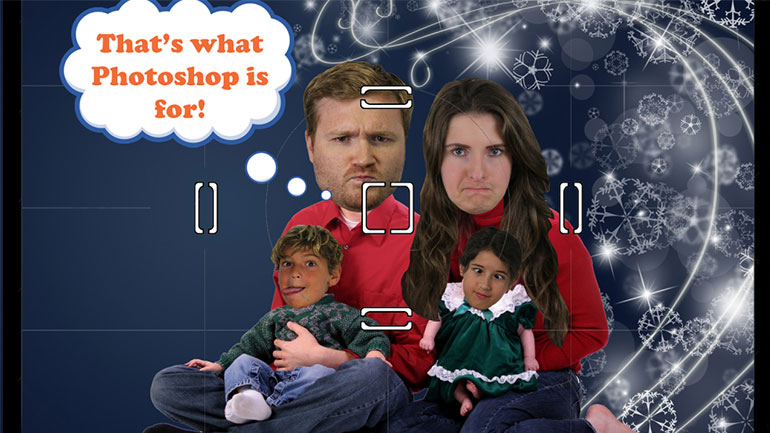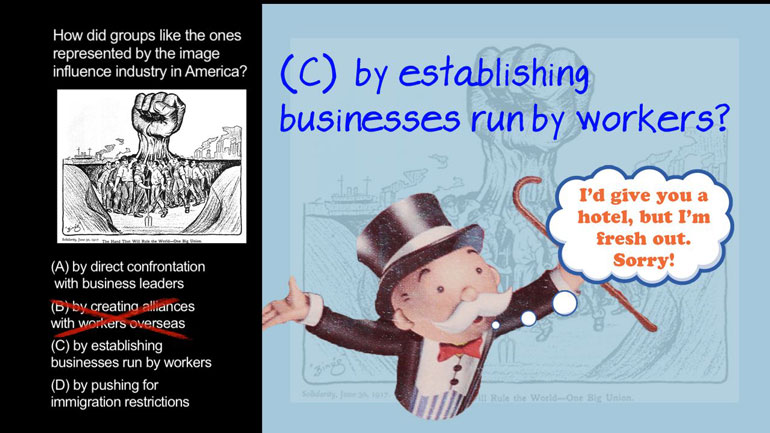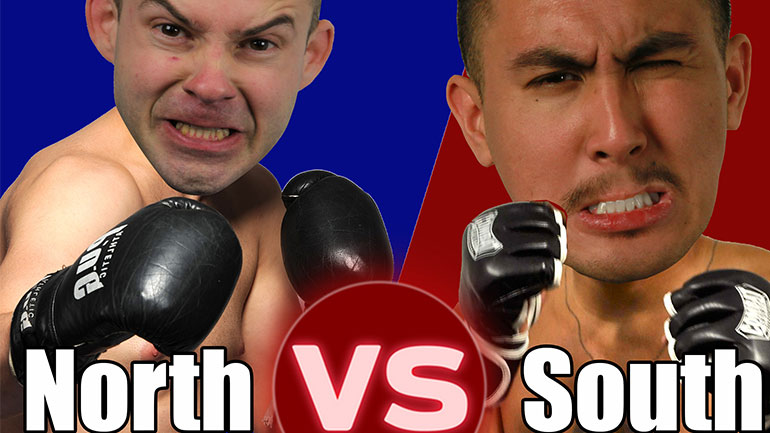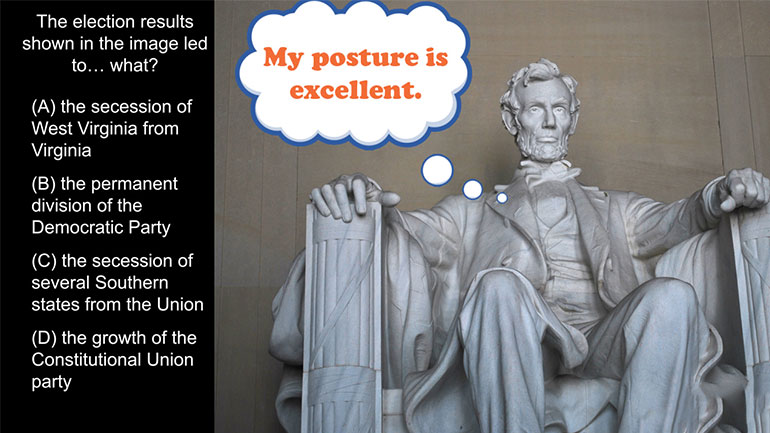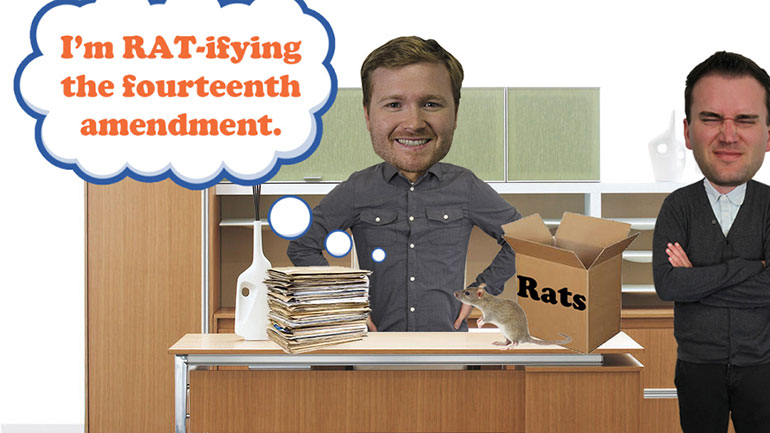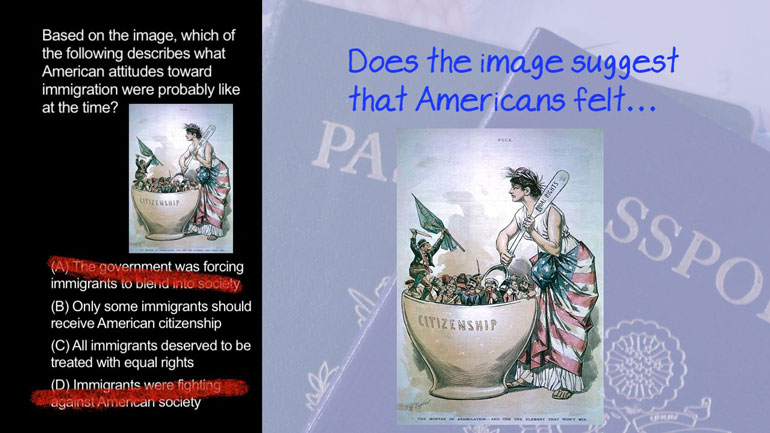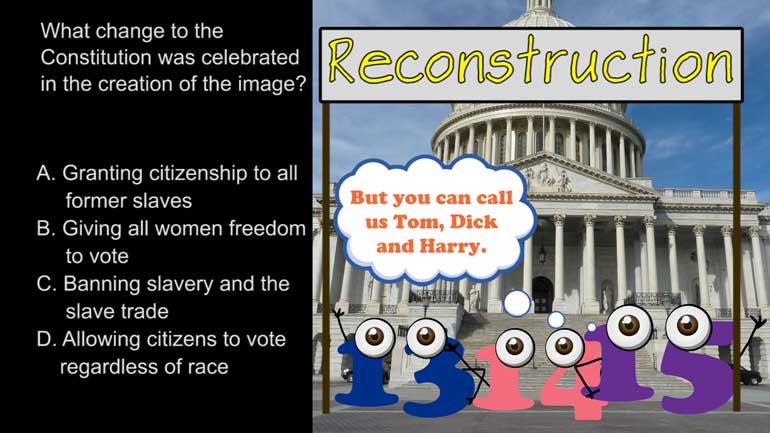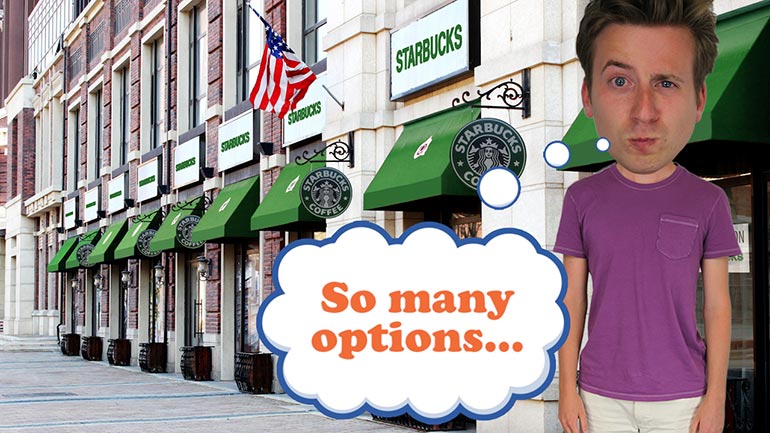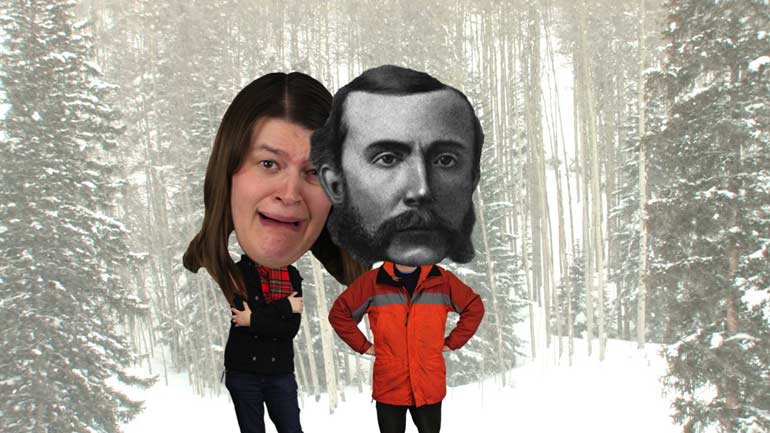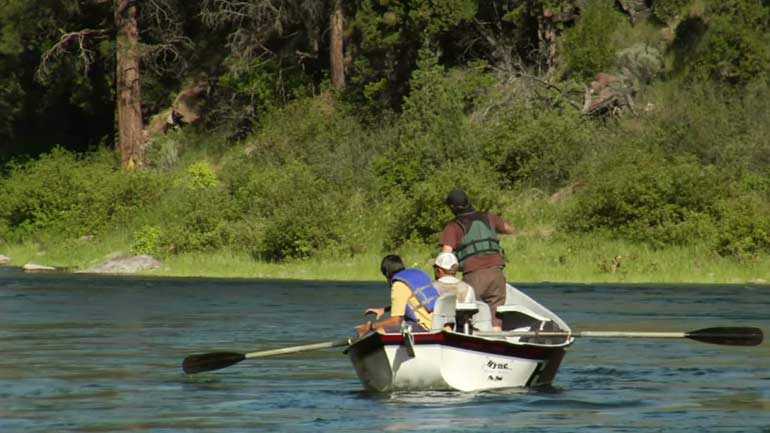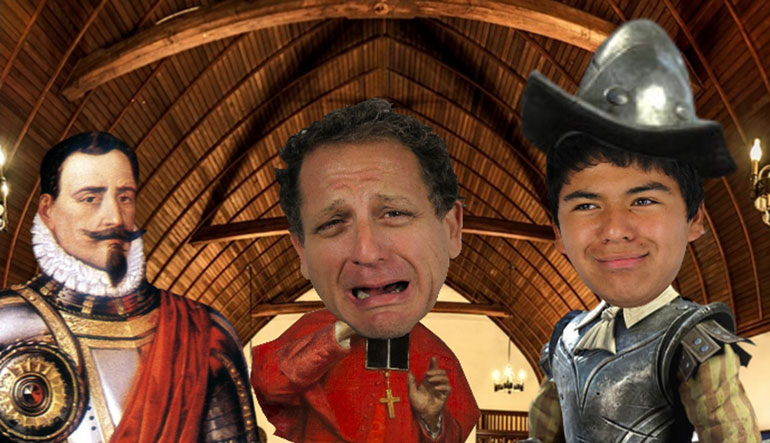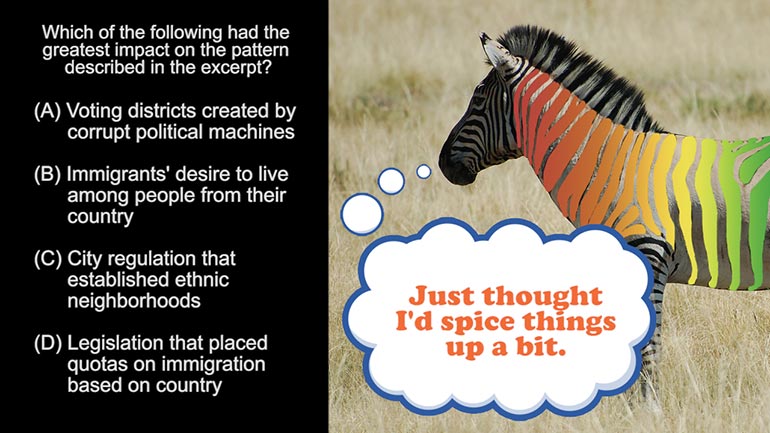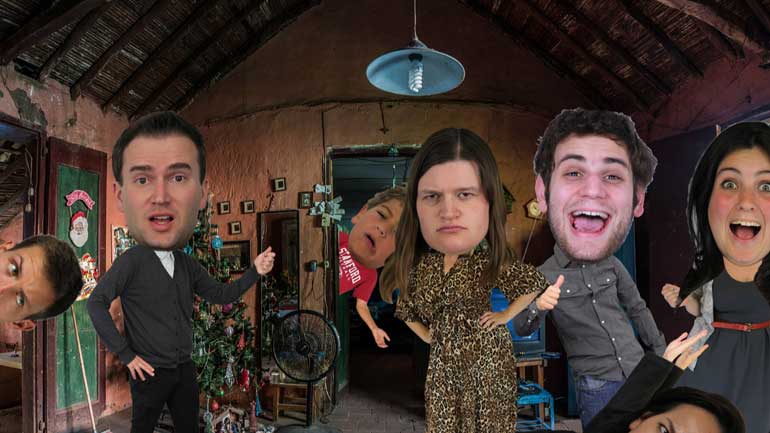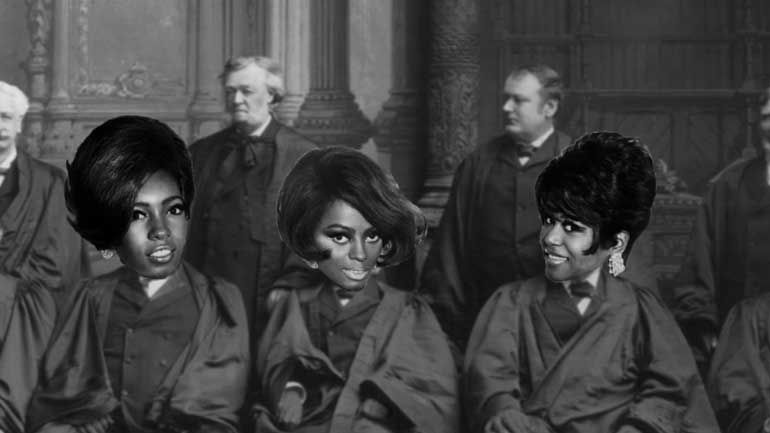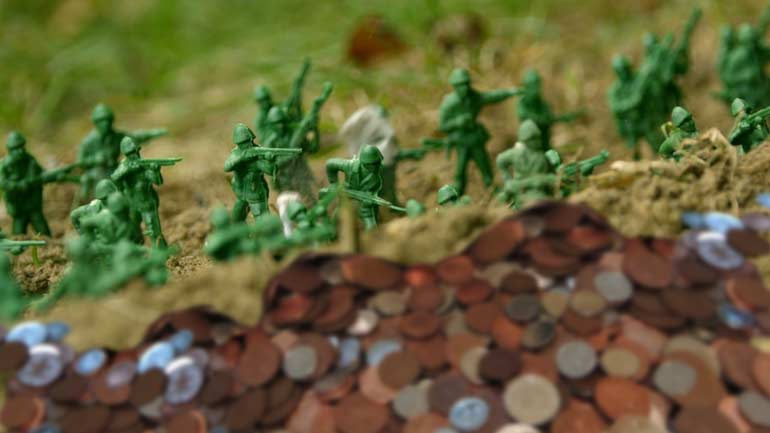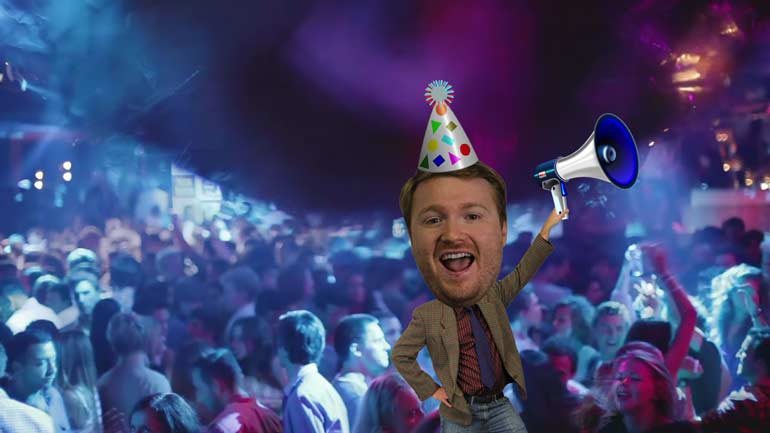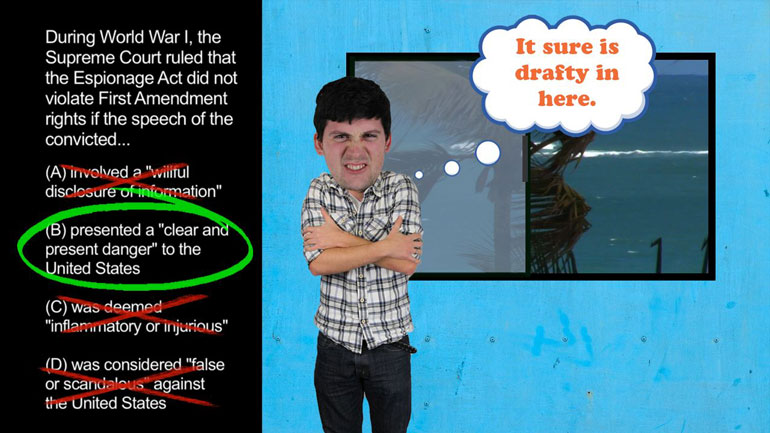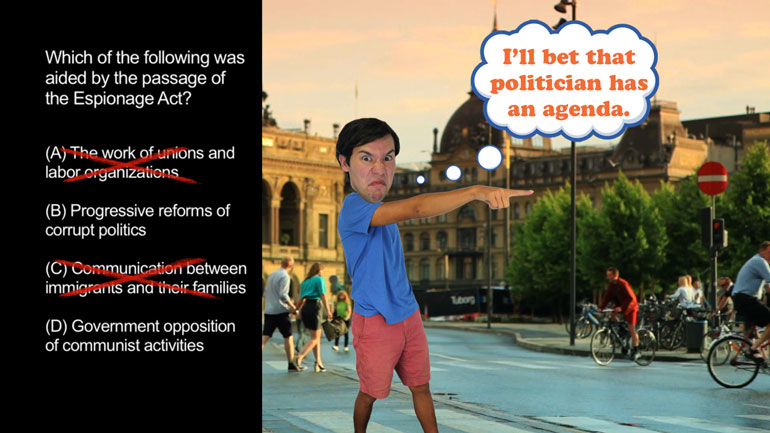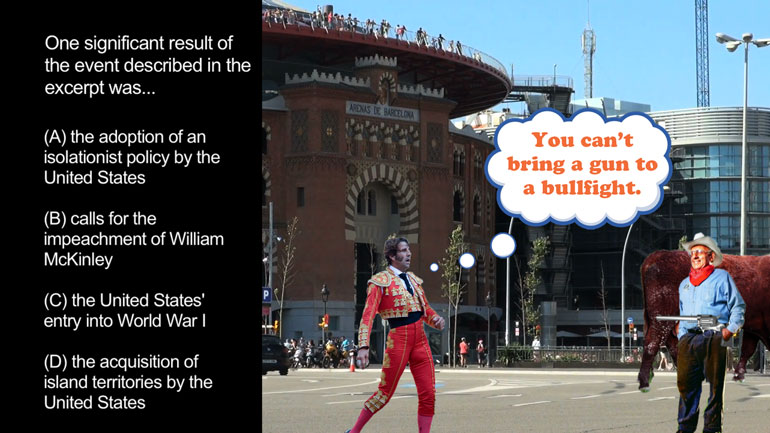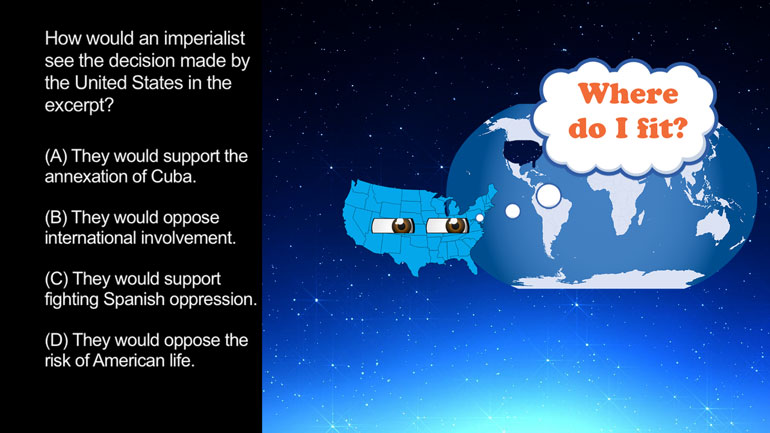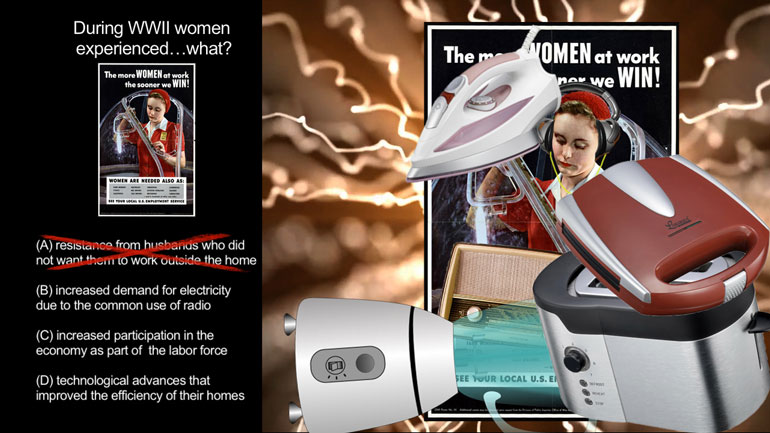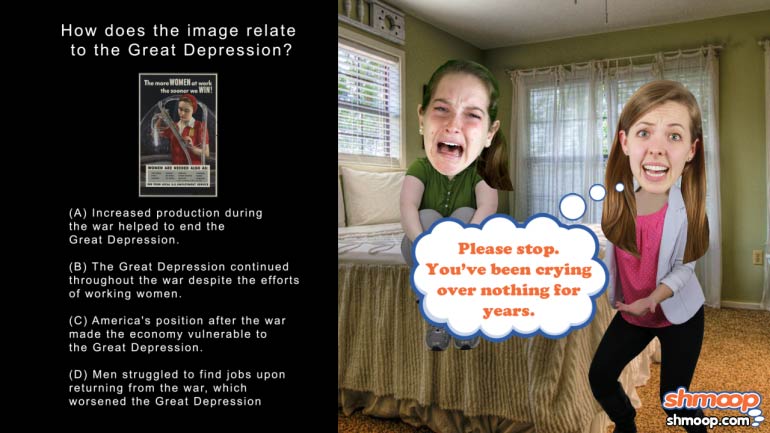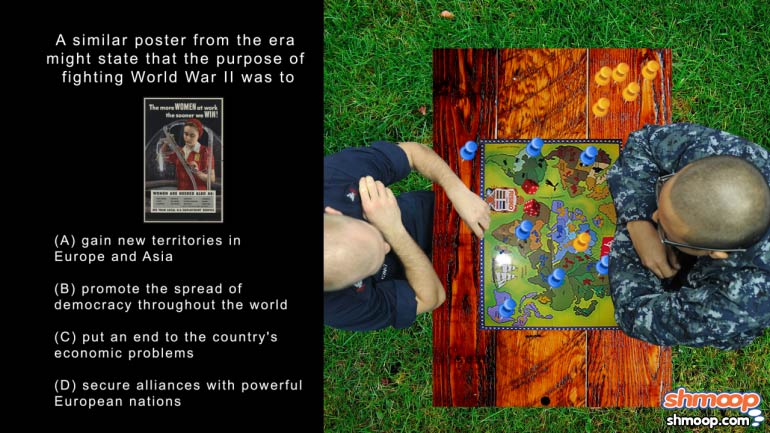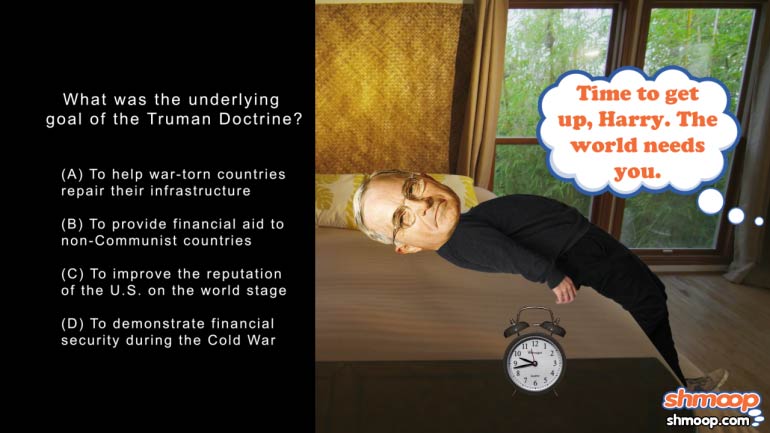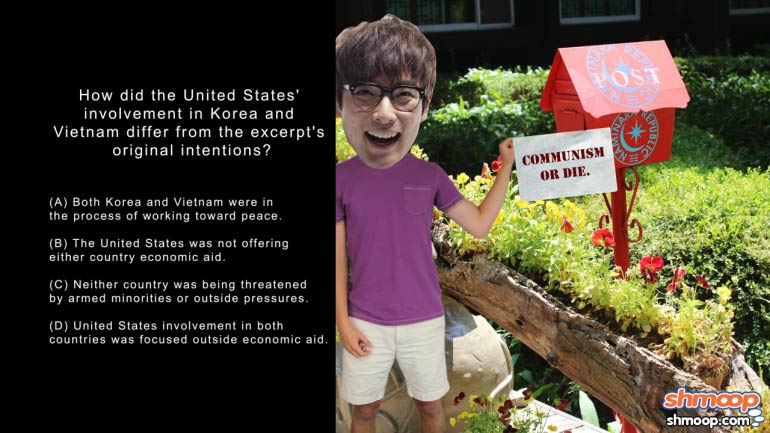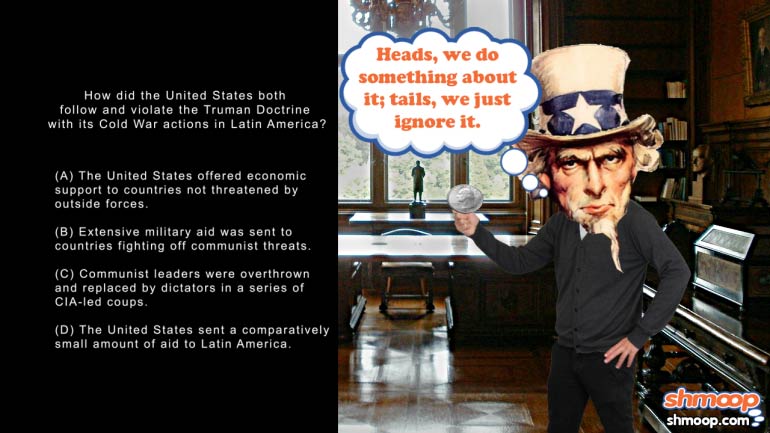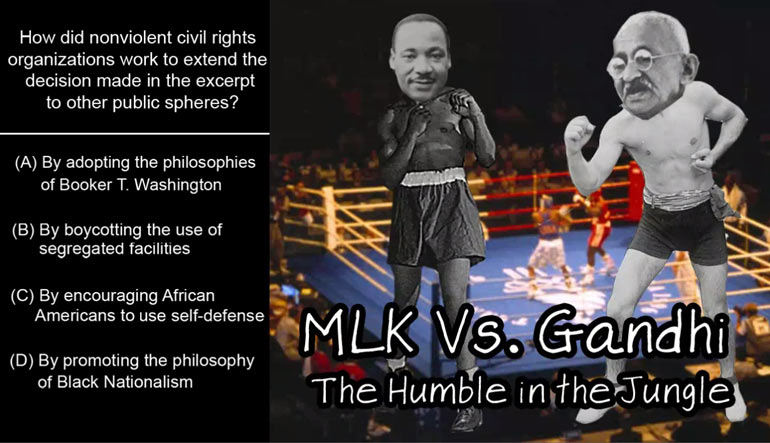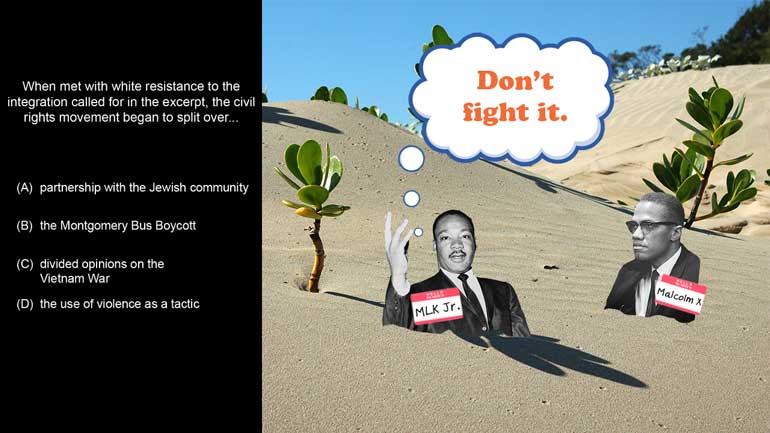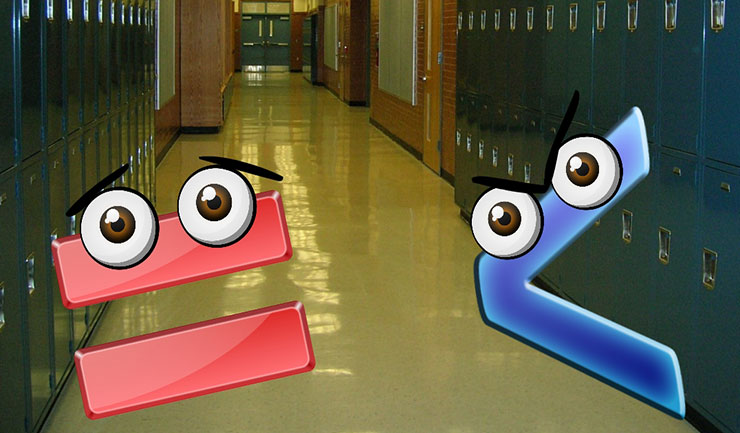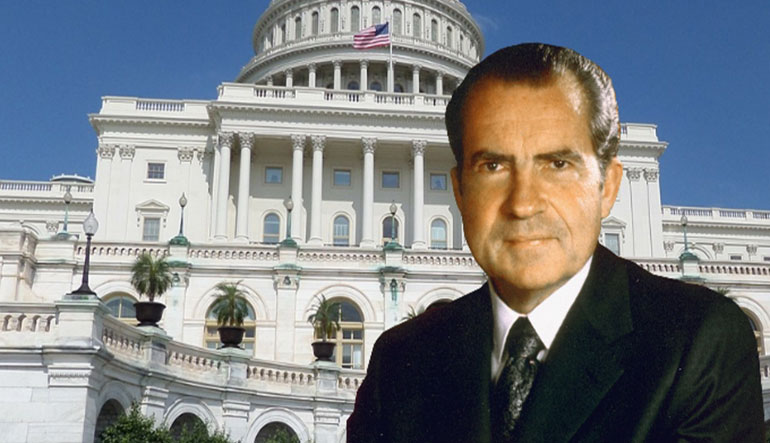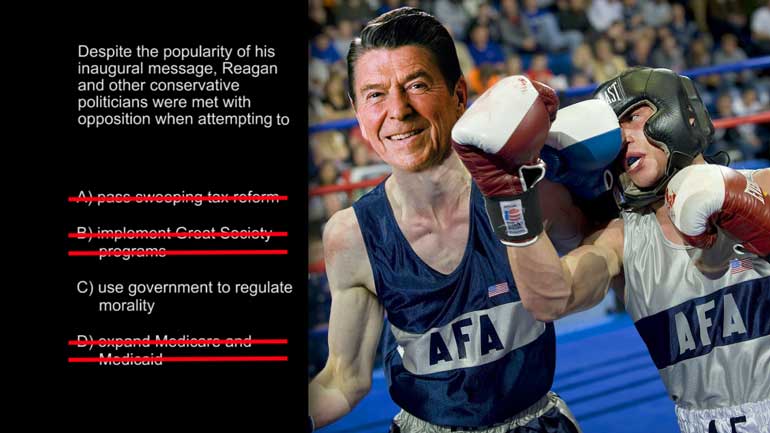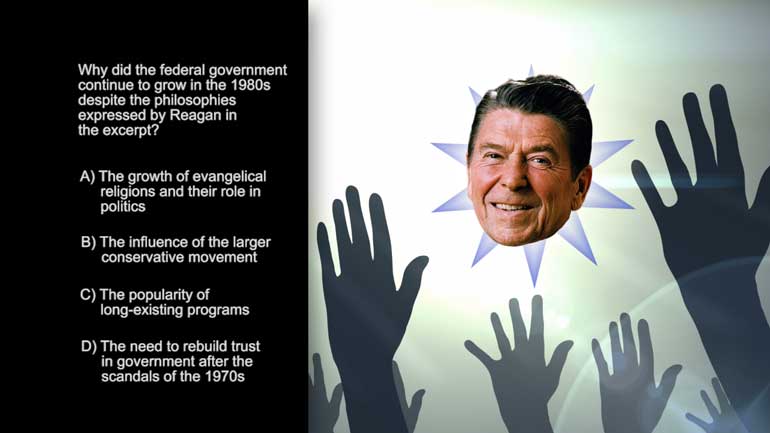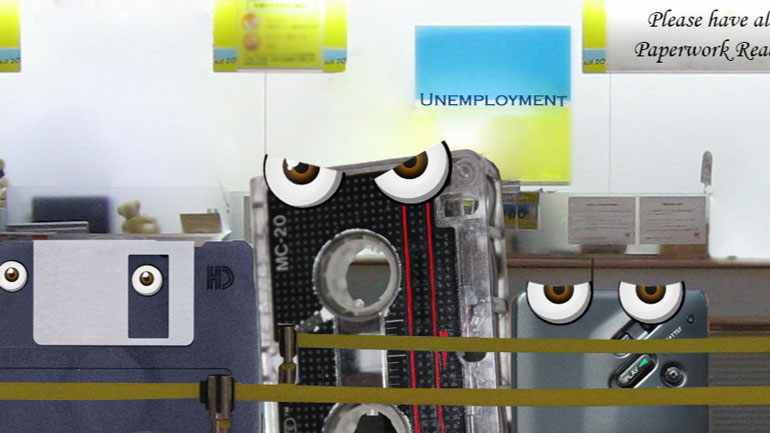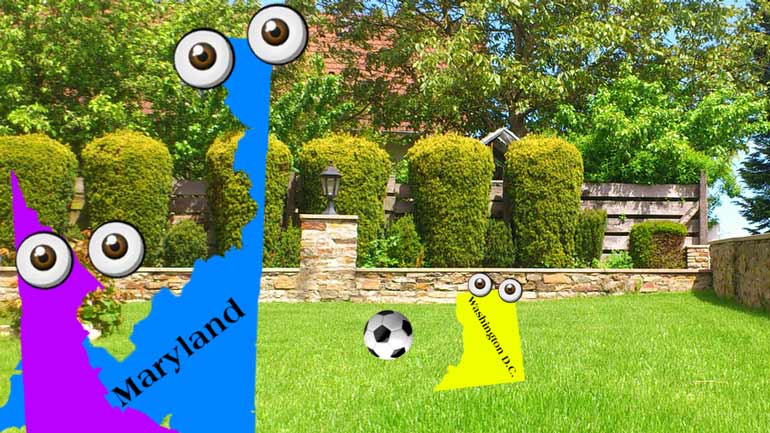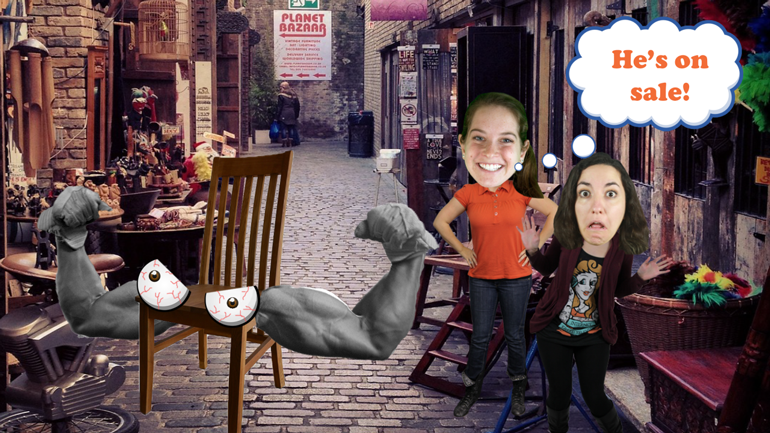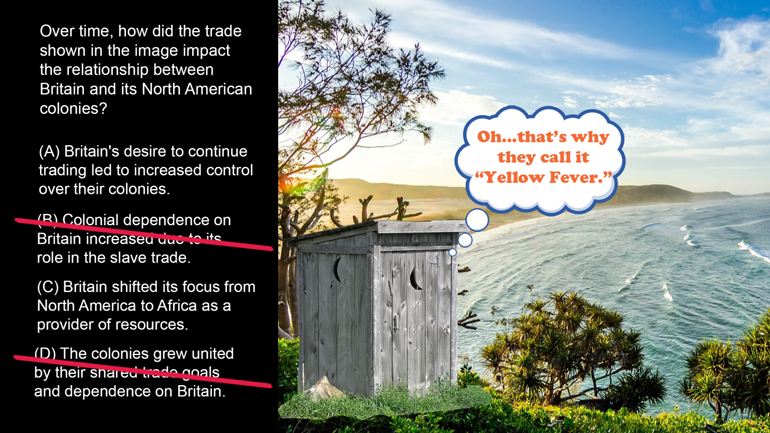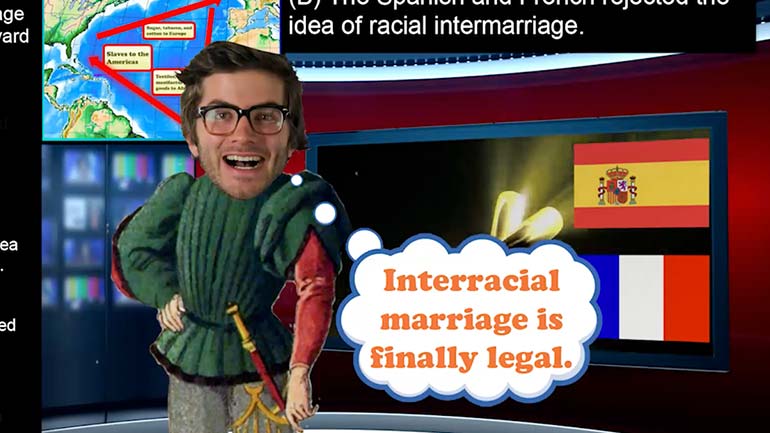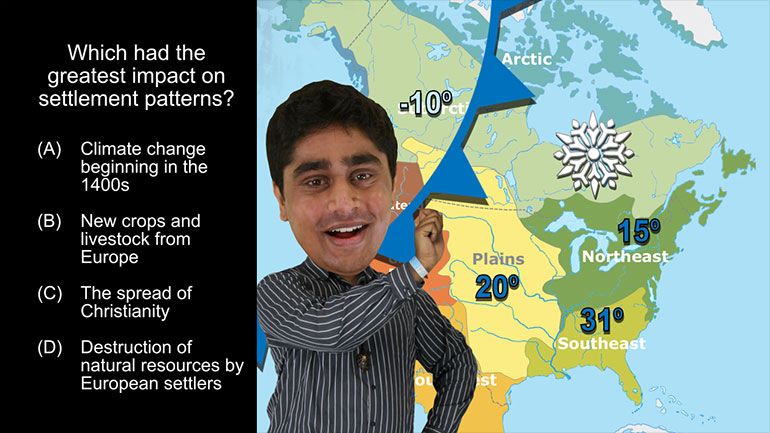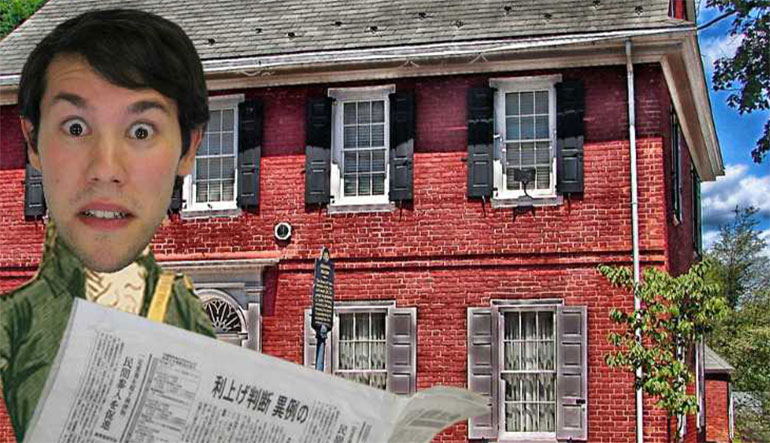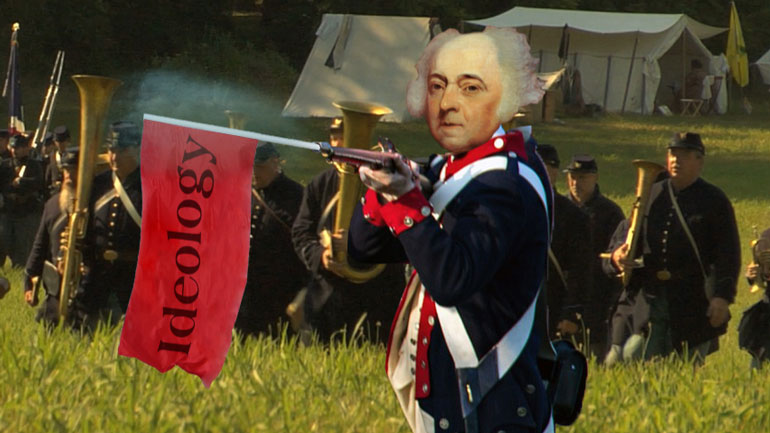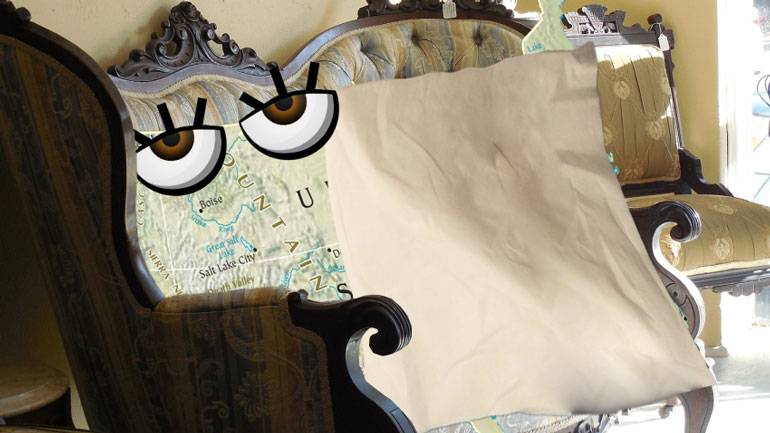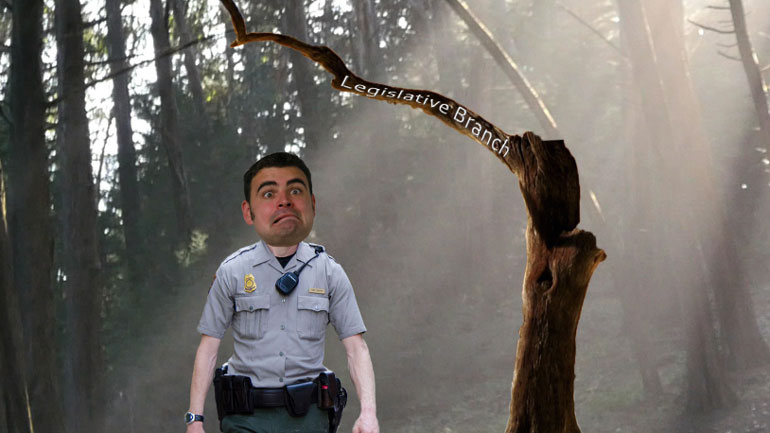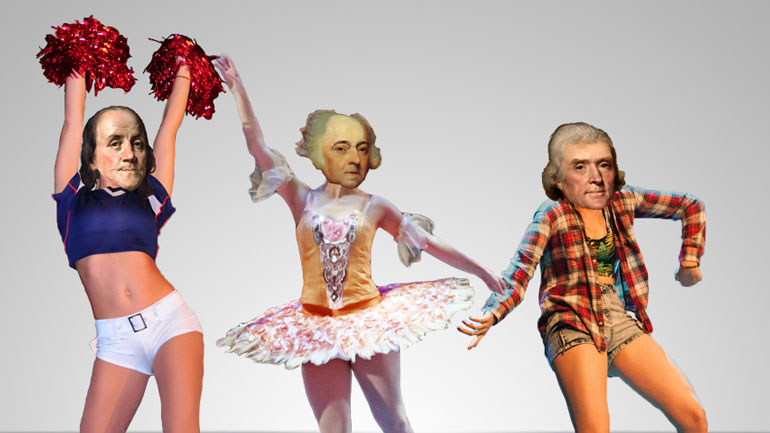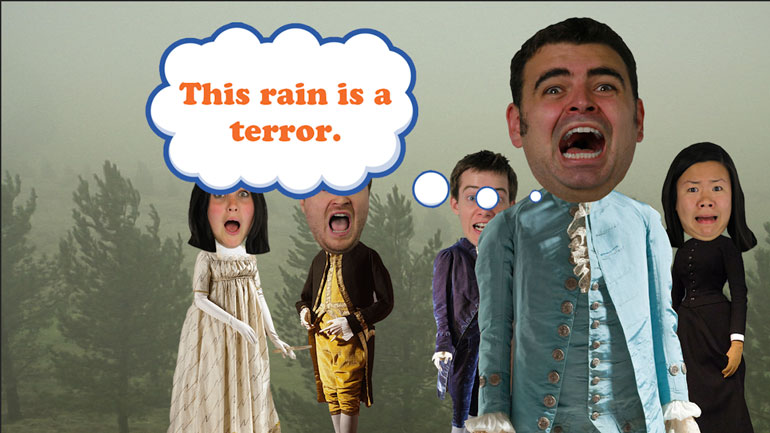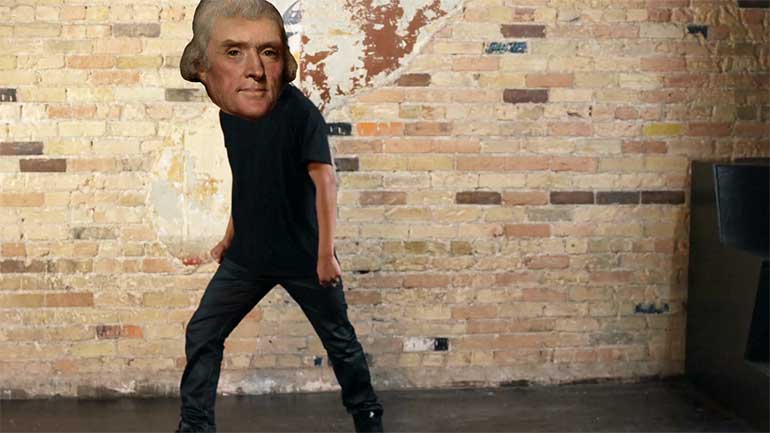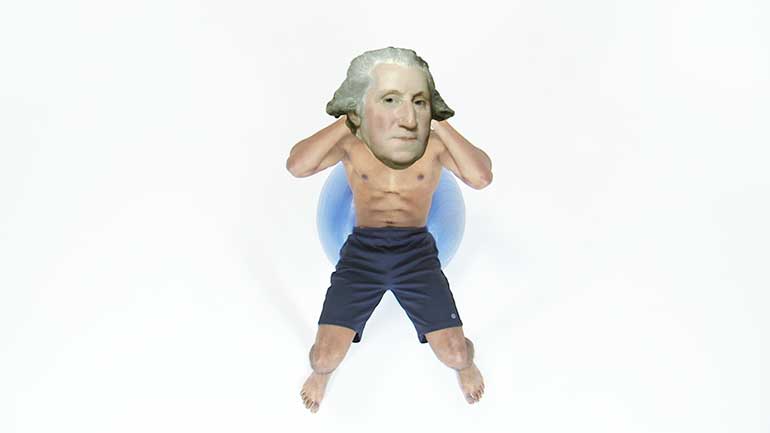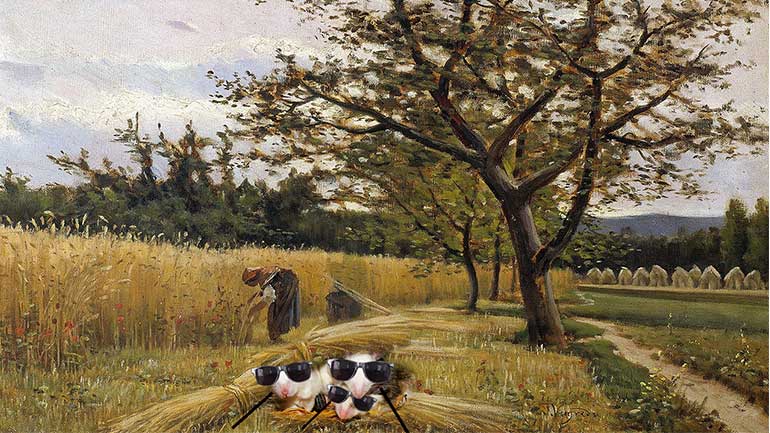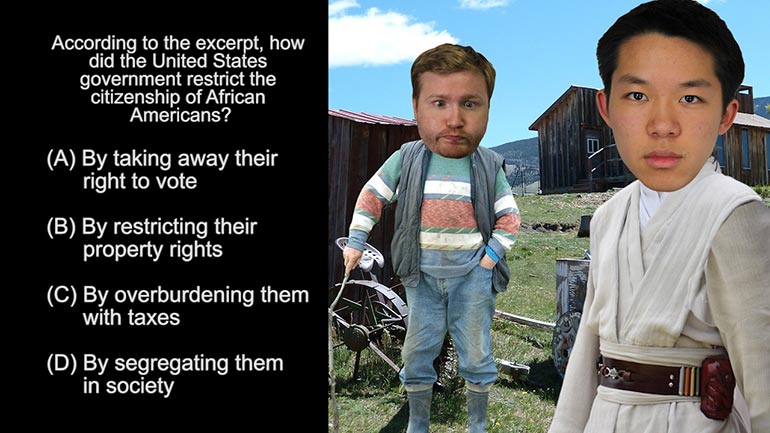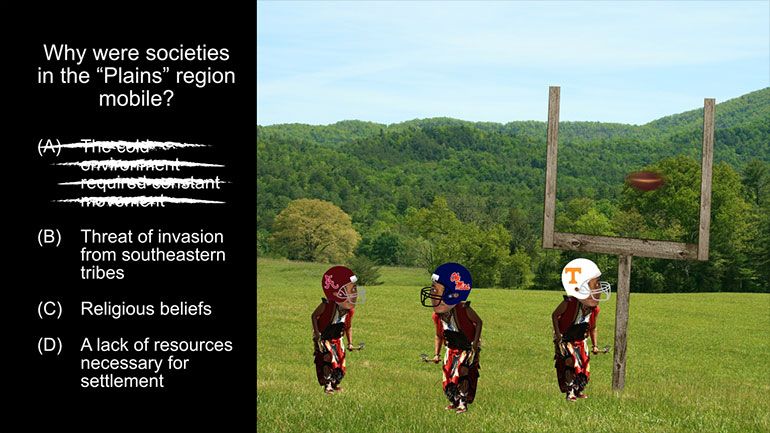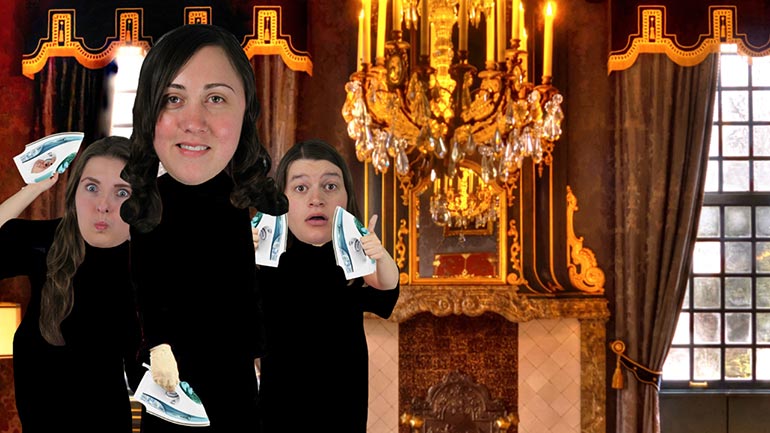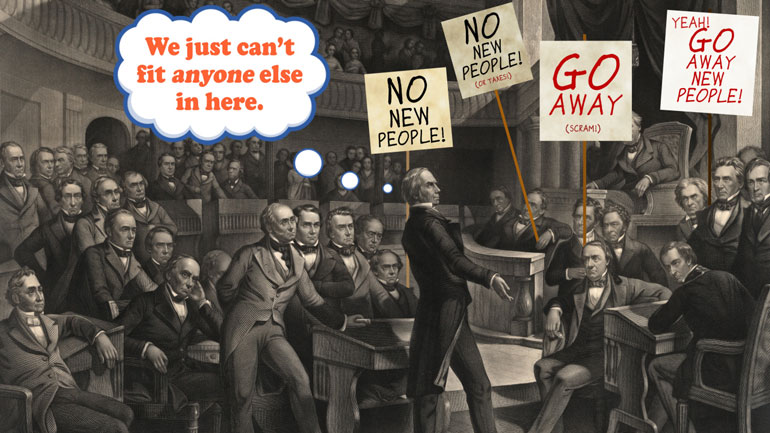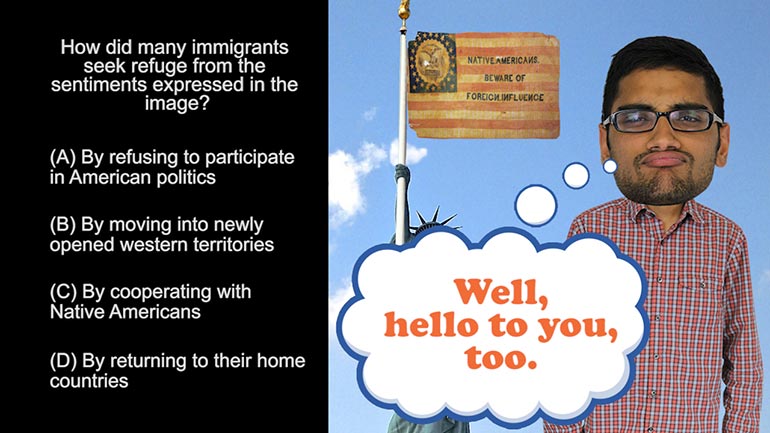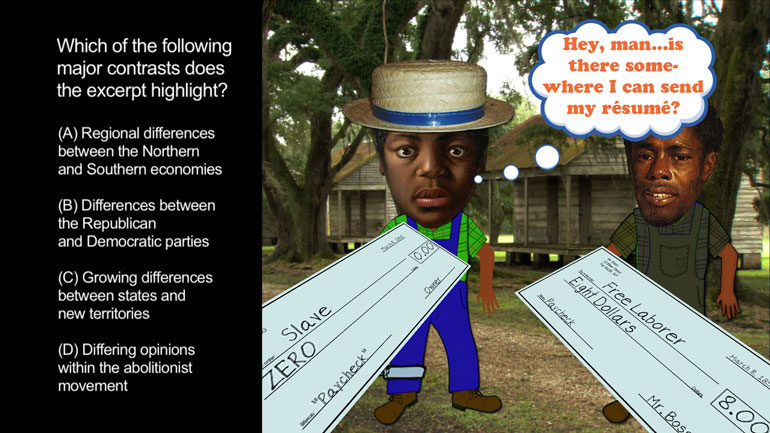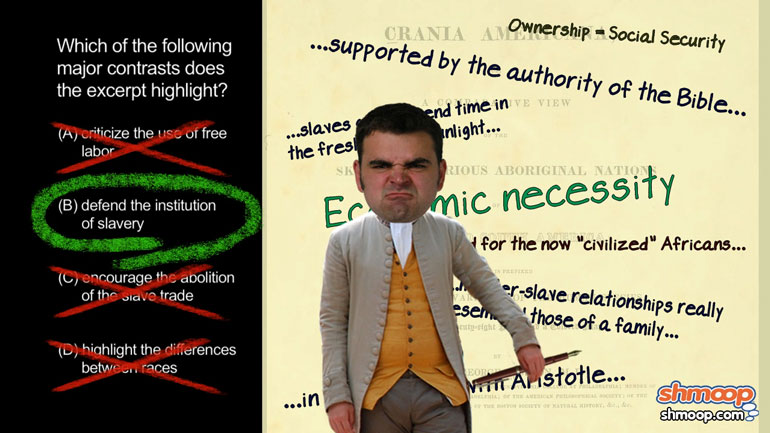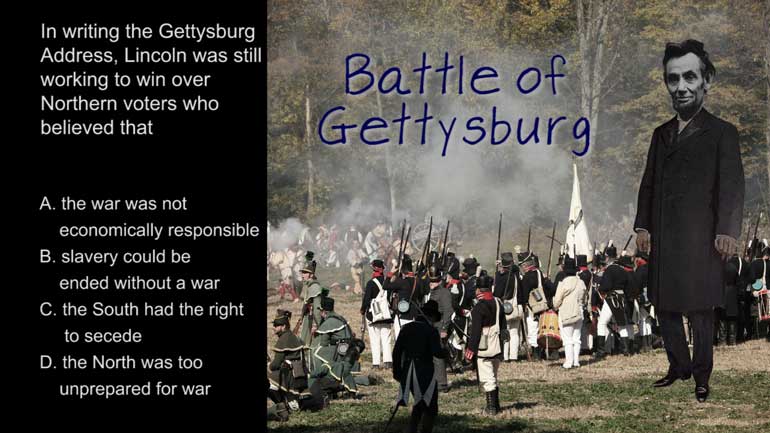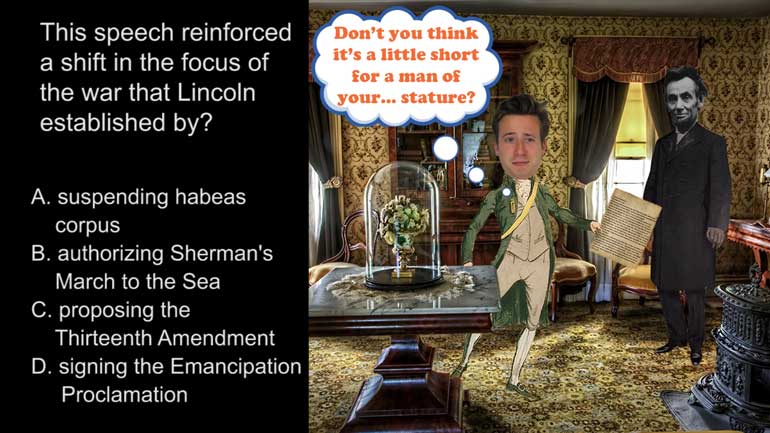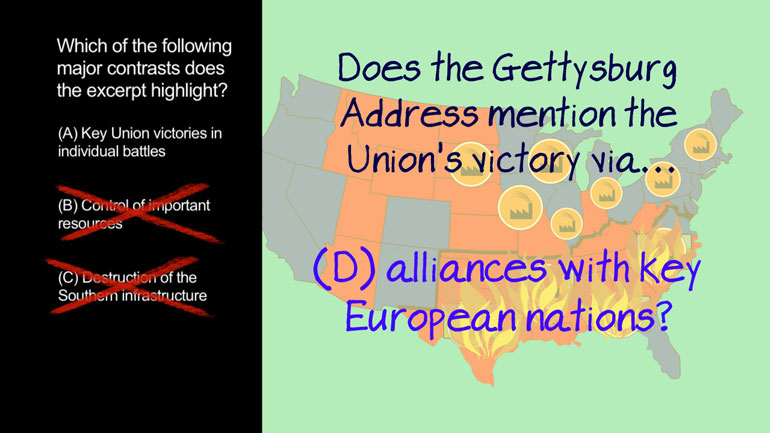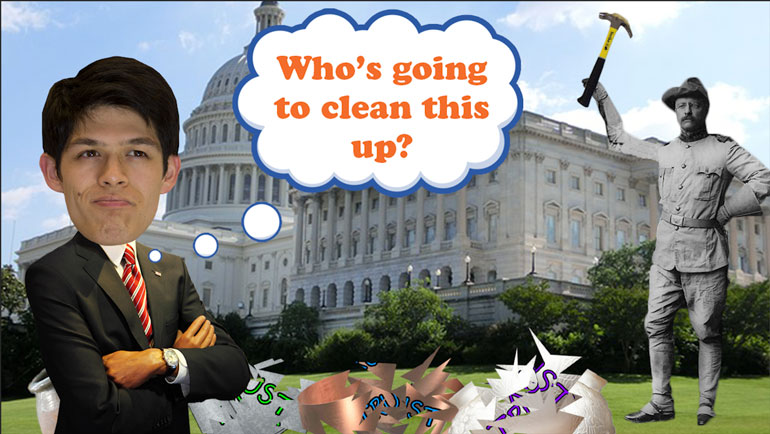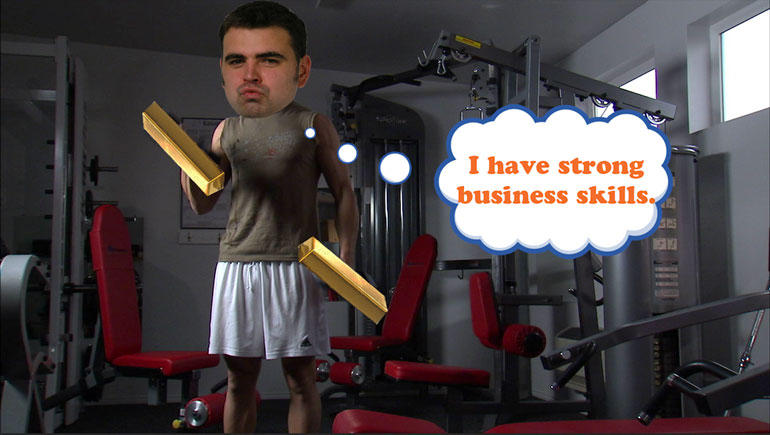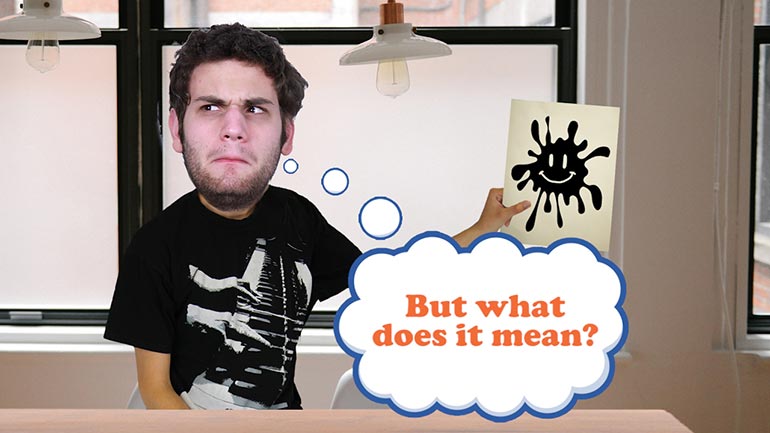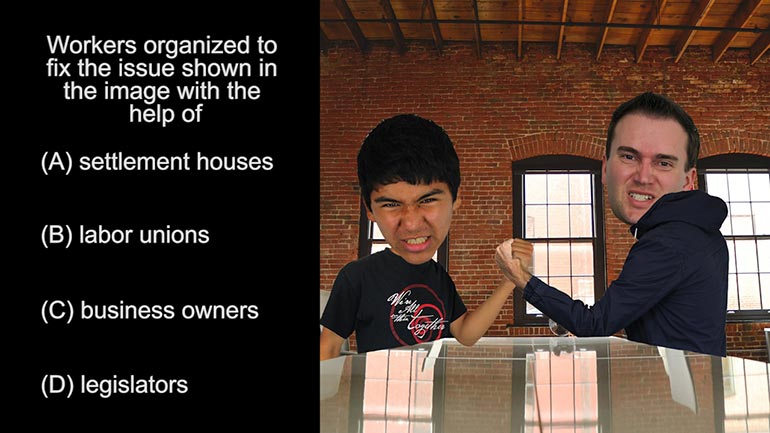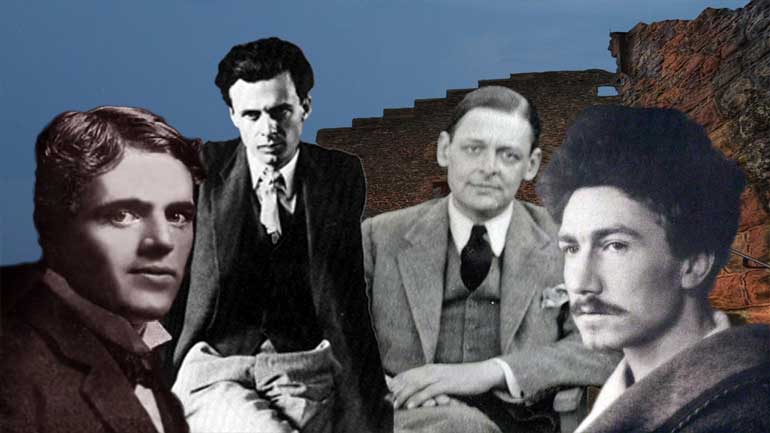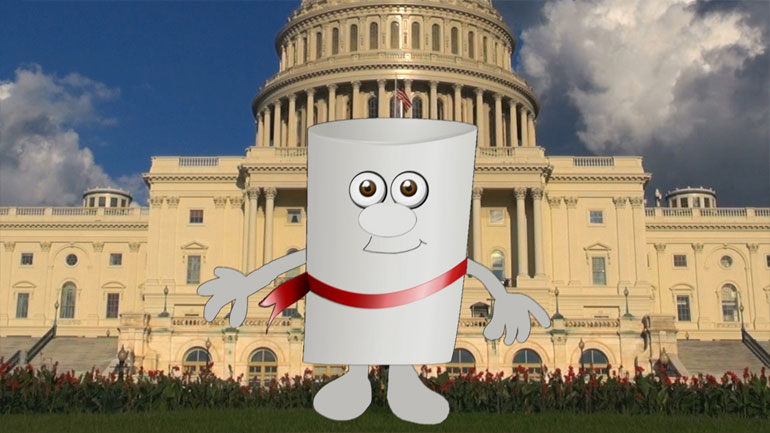ShmoopTube
Where Monty Python meets your 10th grade teacher.
Search Thousands of Shmoop Videos
AP U.S. History Videos 277 videos
AP U.S. History Diagnostic 1. Relationships like the one shown in the image resulted in the development of...what?
AP U.S. History Diagnostic 15. How did groups like the ones represented by the image influence industry in America?
AP U.S. History Diagnostic 10. What led to the splintering of the political parties shown in the image?
AP U.S. History Exam 1.39 168 Views
Share It!
Description:
AP U.S. History Exam 1.39. How would an imperialist see the decision made by the United States in the excerpt?
Transcript
- 00:00
[ musical flourish ]
- 00:03
And here's your Shmoop du jour, brought to you by territorial intervention,
- 00:08
A&E's hottest new diplomatic reality show.
- 00:11
All right, check out this excerpt.
- 00:13
[ mumbles ]
Full Transcript
- 00:16
[ mumbling continues ]
- 00:19
And the question:
- 00:20
How would an imperialist
- 00:22
see the decision made by the United States in the excerpt?
- 00:25
And here are your potential answers.
- 00:28
[ mumbles ]
- 00:31
All right, well the Spanish-American War
- 00:33
spurred all kinds of debate over America's
- 00:35
place in the world, especially in the Western Hemisphere.
- 00:38
Well, let's see which option an empire-building imperialist
- 00:41
would like to annex.
- 00:42
In regards to U.S. intervention in the Spanish-American War,
- 00:45
would imperialists have B -
- 00:47
opposed international involvement?
- 00:50
Well, imperialism is all about
- 00:52
extending a country's reach through territorial expansion,
- 00:55
so international involvement, even at the risk of American lives,
- 00:58
was essential in achieving that goal.
- 01:01
So that pushes out B and D.
- 01:03
Would U.S. intervention in Cuba have led imperialists
- 01:06
to C - support the fight against Spanish oppression?
- 01:10
Well, some people believed that the U.S. had a moral obligation
- 01:12
to liberate Cuba from its Spanish overlords,
- 01:15
but imperialists cared way more about gaining
- 01:18
territory than ridding the world of so-called oppressive regimes.
- 01:22
So it's not C, either.
- 01:24
Which means the imperialist response to U.S. intervention
- 01:27
in the Spanish-American War would've been A -
- 01:29
supporting the annexation of Cuba.
- 01:32
For imperialists,
- 01:33
the purpose of the Spanish-American War was
- 01:35
strictly to annex new territories,
- 01:36
which they accomplished in spades with additions of
- 01:39
Cuba, the Phillipines, Guam, and Puerto Rico
- 01:42
to America's territorial portfolio.
- 01:44
So the answer is A.
- 01:45
For imperialists on the prowl,
- 01:47
this land was not your land; this land was their land.
- 01:52
[ music ]
Related Videos
Ever heard of a "living document"? They eat and breathe just like the rest of us! They even walk around on their own two legs. Okay, fine—maybe t...
If the Puritans had gotten their way, religion would play a much larger role in lawmaking these days. Want to know more? Watch the video for all th...
What happened between the creation of the Articles of Confederation and the ratification of the current U.S. Constitution? This video analyzes the...
The Modernists thought the world had a lot of problems, and they were intent on fixing them—or at least talking about fixing them. Unfortunately,...
This video explains Federalism and the quest for a fair balance between state and national power. It covers the progression and compromises of Fede...
